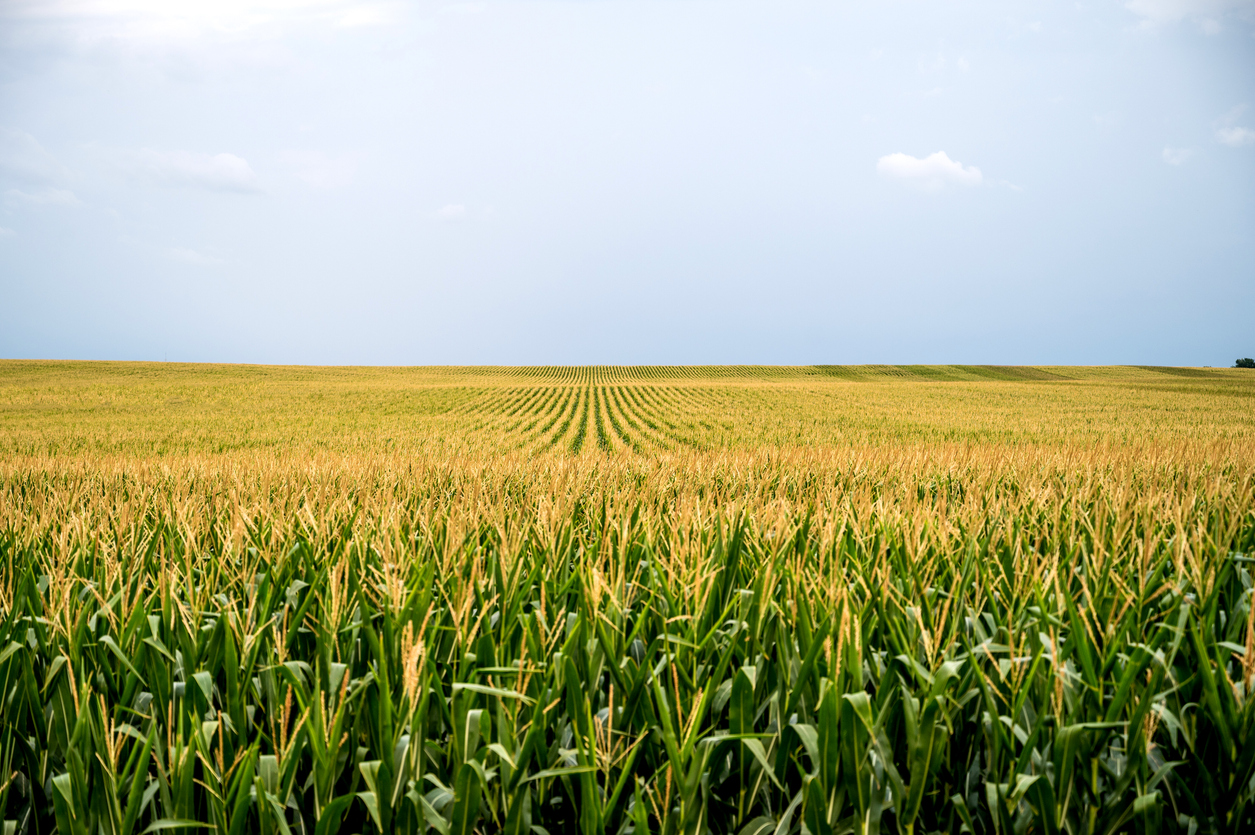Corn Nutrient Uptake
Due to colder nigh time temperatures and a lack of moisture, most crops are running about 2-3 weeks behind their normal growth pattern. Early planted corn appears to be growing better due to deeper roots. Many soybean fields are still trying to germinate yet. As most farmers know, a little more rain could really help improve crop growth.
Soils provide 13 of the 16 nutrients needed to produce grain. In addition, soil must release these nutrients quickly enough to meet daily high nutrient demands of the corn plant during the V6 to R1 growth stages. V6 refers to vegetative growth when the corn has 6 true leaves. R1 refers to the start of corn tasseling and pollination when corn is putting on grain.
For corn, nutrient uptake is the greatest from about V6 to R1. During this time period, the corn is growing new plant tissue for roots, leaves, and stalks. The plant is determining corn yield by starting to grow a corn ear and it is creating pollen in the corn tassel to pollinate and fertilize the ear. The corn is also storing additional nutrients in the stalk and leaves to supply nutrients to finish out the ear after pollination during grain fill. So adequate nutrients are needed during this rapid vegetative growth to get high yields.
For many nutrients, as much as two-thirds to as much as 80% of the nutrients are accumulated during this rapid growth stage. Potassium (K) and nitrogen (N) for protein have high rates of nutrient uptake during this time period along with magnesium (Mg, chlorophyll), iron (Fe, photosynthesis), and boron (B, calcium uptake).
Several nutrients are accumulated at slower rates and are needed and accumulate faster later in the growing season. About 50% of phosphorus (P) is accumulated after R1. Manganese (Mn), sulfur (S), zinc (Zn), and copper (Cu) are all needed in higher amounts during grain fill. Soil nutrients are absorbed by the corn plant depending upon how bioavailable they are to the plant. Good soil health is needed to increase microbial release of these nutrients. Since microbes live in water films around soil particles and plant roots, a lack of water reduces a place for the microbes to live. Also, plants need water for transpiration to move nutrients into the plant. A lack of water thus limits nutrient availability.
For nitrogen (N), the corn plant only needs about 25# N at V6 but by V12 it needs to accumulate 100#N. Early on the corn plant is small and does not need much N. Most N is used to make protein for leaves, roots, and stalks when the plant is growing quite quickly. From about V10- V14, a corn plant needs to accumulate about 7.8# N per acre per day which is the highest rate of N uptake for the corn. By R1, the start of pollination, corn accumulates about 150# N. From V10 to V12, ear formation on corn is complete, the maximum number of kernels of corn has been set. After R1, the corn can still accumulate 50# to 150# N but the corn N uptake is slowing down. Most nutrients are now going into the ear to growth the corn kernels, to grow the cob, and to support pollination. Some nutrients are still needed to support the vegetation (leaves, and stalks). The corn plant still needs to capture sunlight for energy. Excess nutrients are being stored in the vegetative portion of the plant from R1 to R3.
After R3, most N goes into grain fill and some accumulated N starts to move from the vegetative tissue into the grain. During the reproductive phases R3 to R6, the plant is extracting less nutrients on a daily basis because there is much less new root growth. With less soil nutrient extraction, the plant starts using up its nutrient reserves by taking it from the leaves and stalks to supply N for the grain fill during the final phases of ear growth and development.
Since water is necessary for nutrient uptake (transpiration) and for microbial nutrient release, soil water storage is critical. Soils with higher soil organic matter (SOM) generally have healthier crops. Each 1% soil organic can hold 0.5 to 0.8 inches of water. Soils with good soil structure and less soil compaction allow plant roots to reach water stored deeper in the soil. In general, about 40% of most water and nutrients are obtained by the corn plant within the top 6 inches of the soil. Another 30% comes from 6-12 inches soil layer, 20% from 12-18 inches down, and 10% from 18 inches or deeper. Keep your soils healthy to improve crop growth and yield.
